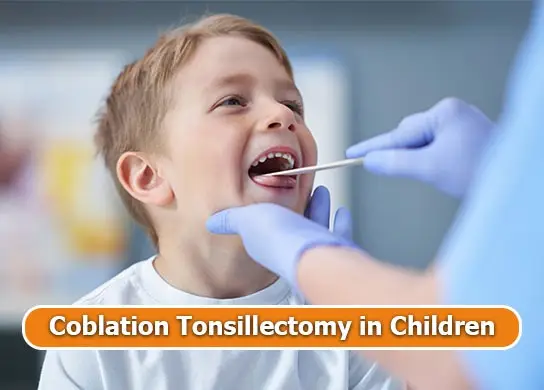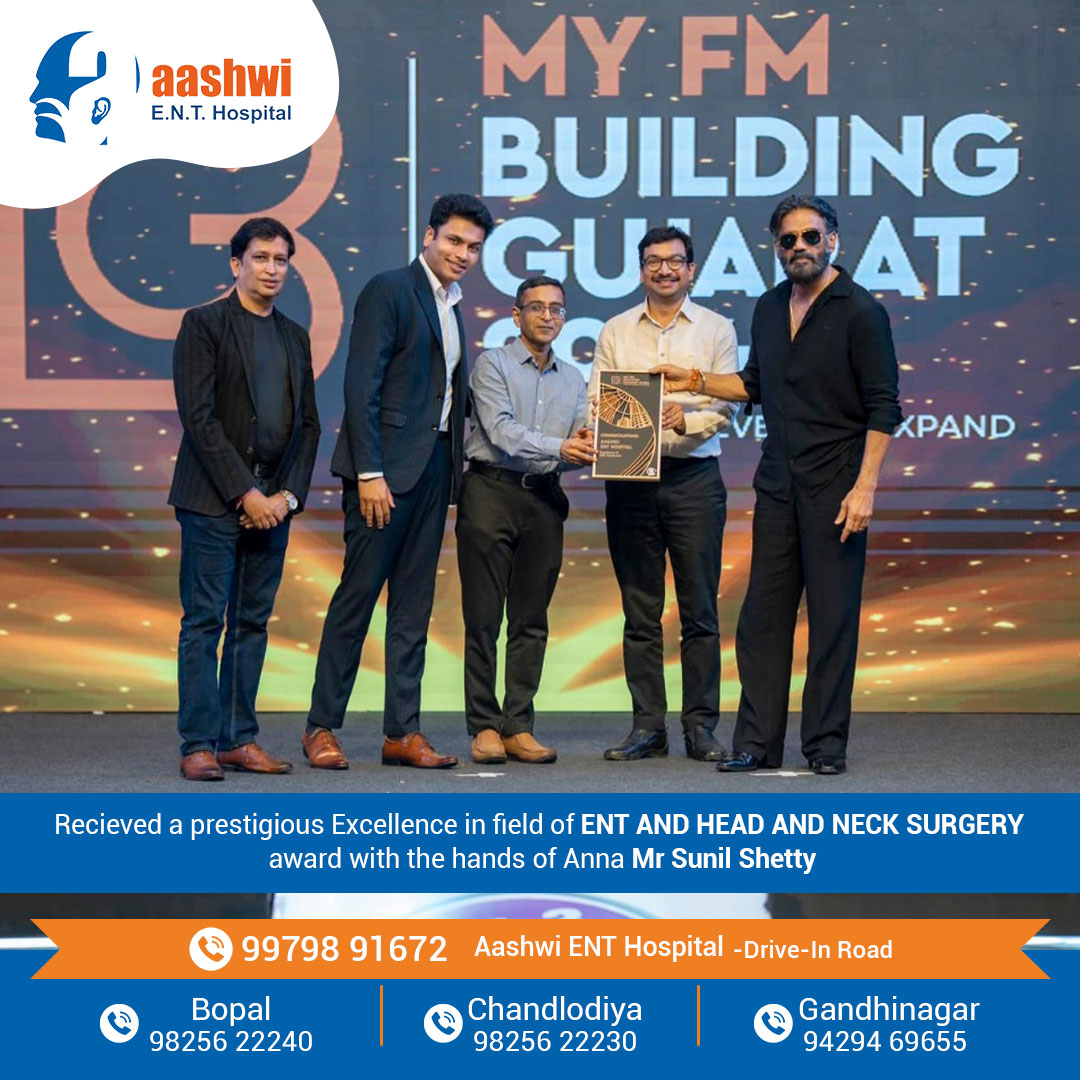
If your child suffers from frequent sore throats, heavy snoring, or sleep apnea, chances are your doctor has mentioned tonsil removal. And let’s be honest—just hearing the word “surgery” is enough to make any parent panic.
But what if there were a painless, safer way to help your child recover without the drama of traditional surgery?
Meet Coblation Tonsillectomy in Children—a minimally invasive technique that’s quickly becoming the preferred option for concerned parents. It’s gentler, faster to recover from, and much less traumatic for both children and parents alike.
What Exactly Is Coblation Tonsillectomy?
Coblation (short for “controlled ablation”) uses low-temperature radiofrequency energy and saline to gently dissolve the tonsil tissue—no slicing, burning, or high-heat damage.
Here’s how it works:
- A thin probe delivers plasma energy to the tonsils.
- This energy breaks down tissue at only 40–70°C (compared to over 400°C in traditional methods).\
- Nearby tissue remains intact, leading to less pain, swelling, and bleeding.
In short, it’s high-tech tonsil removal—designed to be as gentle as possible, especially for kids.
Why Parents Are Loving It: Top Benefits of Coblation Tonsillectomy in Children
- Much Less Pain
Coblation causes minimal tissue trauma. Most kids need just mild pain relievers like paracetamol, and often, only for a couple of days. - Faster Recovery
Forget two weeks in bed. Most children bounce back within 5–7 days, returning to school and daily life much faster. - Lower Risk of Bleeding
With less heat and controlled action, coblation dramatically reduces bleeding during and after the procedure. - Minimal Scarring and Inflammation
This technique preserves surrounding tissues, so there’s less swelling, fewer complications, and a smoother healing process. - Better Overall Experience for Kids
When the pain is less and recovery is shorter, your child’s emotional response is more positive. Less trauma today = less fear tomorrow.
![Coblation Tonsillectomy in Children]() Coblation vs Other Tonsillectomy Methods: A Quick Look
Coblation vs Other Tonsillectomy Methods: A Quick Look
| Method | Pain Level | Recovery Time | Risk of Bleeding | Heat Used |
| Traditional (Cold Steel) | High | 10–14 days | Moderate–High | None |
| Electrocautery | Moderate | 7–10 days | High | Very High |
| Laser | Moderate | 7–10 days | Moderate | High |
| Coblation | Low | 5–7 days | Very Low | Low |
What to Expect: Before, During, and After Coblation Surgery
Before the Procedure
- Pre-surgical evaluation by a pediatric ENT
- Blood tests and a physical check-up
- Light meals the day before, and no food/drink after midnight
During Surgery
- General anesthesia is used (your child will sleep through it)
- The procedure takes 30–45 minutes
- No visible incisions, minimal trauma
Post-Surgery at Home
- Cold fluids and soft foods like yogurt, pudding, or mashed potatoes
- Mild pain for 1–2 days, easily managed
- Avoid running, jumping, and hot/spicy food for 7–10 days
- Full recovery in just a week!


 Coblation vs Other Tonsillectomy Methods: A Quick Look
Coblation vs Other Tonsillectomy Methods: A Quick Look